Why you must visit Iran’s UNESCO World Heritage Sites
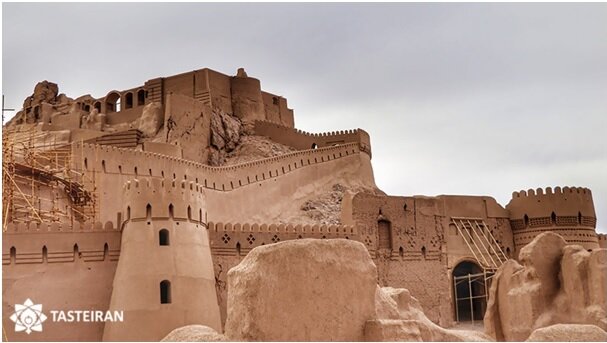
When it comes to Iran, many people have in mind the mystic splendors of Persepolis, its most famous historical site. Indeed, with no less than 23 sites listed by UNESCO, Iran has demonstrated the attractivity of its heritage. They are a showcase of the great history and creativity of Persia, along with stunning natural sites.
Yet, many of these wonders are not well-known by tourists despite the fact that they are true must-sees in Iran. Luckily, some local companies like TasteIran aim to show the diversity of these gems, by sharing their history and offering unique travel experiences.
Whatever your taste in art, history, or nature, visiting the UNESCO sites of Iran is an unmissable experience. And here are the reasons why:
They tell you the story of the great Persian Empires
What do you know about the Persian Empires? Probably you've heard about Cyrus the Great and the unfortunate destruction of Persepolis, the beautiful capital of the Achaemenid Empire, by Alexander the Great. Carved on the walls of the proud remains of this 1500 years old sites, can be discovered the story of one of the greatest and most tolerant empires in the world. Wander between the walls of the abode citadel of Bam, around Cyrus's tomb in Pasargadae, facing Bisotun's bas relief, or discovering the eight sites of Fars Province will teach you more about this incredible Empire. Finally, jump into time to enjoy the extreme refinement of the Qajar, one of the last dynasties, into the Golestan Palace: outstanding Persian arts are displays on each parcells of the walls and ceilings of this elegant palace.
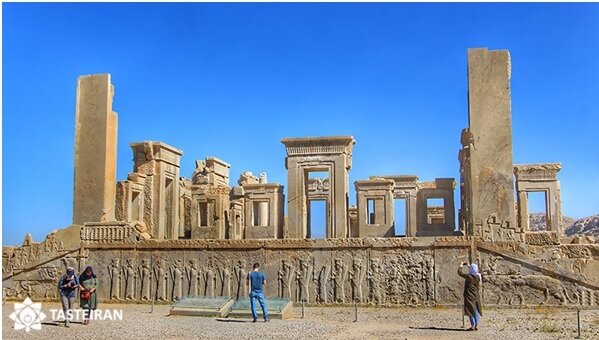
They unravel the mystery of ancient civilizations and lifestyles
Iran is one of the cradles of humanity, where archeological evidence dates back to 50,000 years old. Way before the advent of the Persian Empires, antic civilizations have established themselves here. Their legacy can be found in the remains of the Burnt City in Sistan and Baluchistan, in Shush, the mystic capital city of Susa, or in the mysterious pyramid of Tchogha Zanbil. Walking in the abode alleys of the 5000 years old city of Yazd gives a hint of the life at the premises of our civilization, while the man-made caves of Maymand village display the creativity of mankind to adjust to its environment.
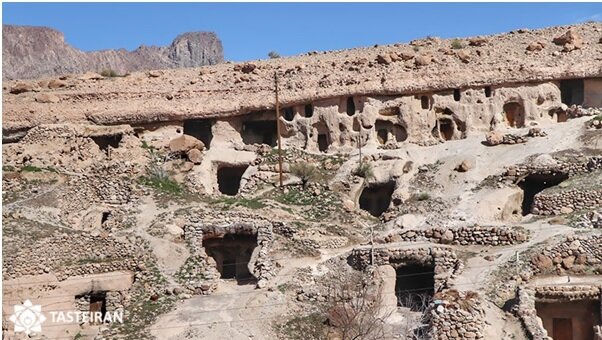
They are breathtaking natural sceneries
Many of the UNESCO sites of Iran are located in incredible natures scenery, but some are actually all about nature. One of the 23 sites is not cultural but natural: the Lut Desert, with its astonishing yardang formations, called "Kaluts". Here, in the hottest spot on earth, high rocks sculpted by the winds and time, evoke an oriental Grand Canyon. Quench your thirst on the paradise setting of one of the nine Persian Gardens listed as World Heritage. Their elaborate design, refined architecture with flows of water, and lovely green atmosphere have inspired gardens all over the world. These earthly representations of heaven are an invitation to contemplation, reading Persian poetry under the song of the nightingale.
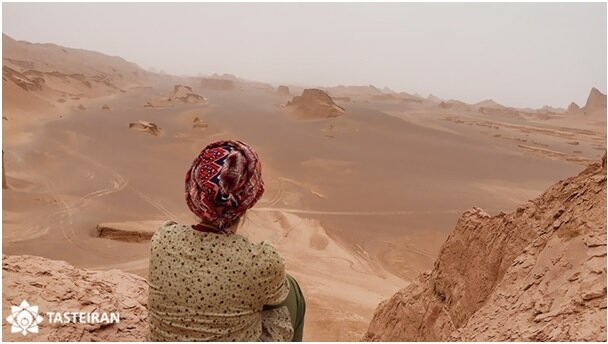
They are masterpieces of architecture
There exist in Iran some of the best examples of Islamic architecture, covering several eras and centuries of history. From Soltaniyeh dome to Jameh Mosque of Isfahan, and Naqsh-e Jahan square, Iran possesses some of the most precious jewels of the Islamic world. While in the alleys of Tabriz's bazaar, one of the oldest covered markets in the world, visitors can imagine the life at the time of the Silk Road, under one of its ancient caravanserais or under one of the many delicate vaulted domes hidden into its maze.
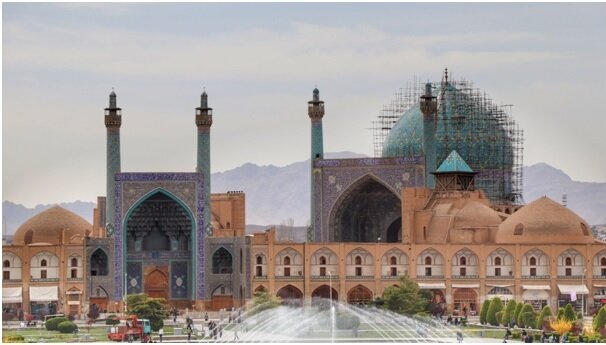
They show the creative genius of Persia
Persia has deeply contributed to the development of sciences and engineering in the world. From algebra to modern medicine, our societies have been shaped by the discoveries of Persian scholars. Gonbad-e Qabus is the testimony of how ancient knowledge in mathematics has created architectural masterpieces. What about Shushtar Historical Hydraulic System, which more than 16 centuries after its creation is still operating perfectly? It demonstrates, such as the ancient underground water channels named "Qanat", the creativity and genius of Persia's legacy.
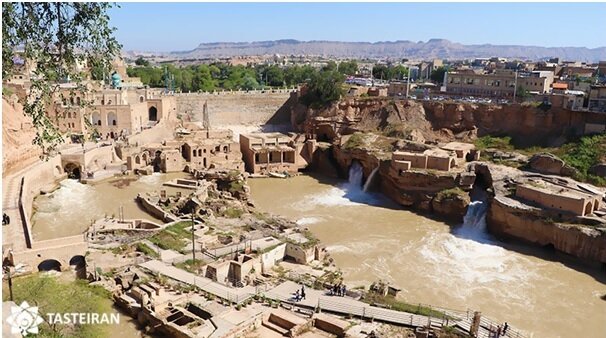
They offer insights into the religious diversity of Iran
While thinking about Iran, images of beautiful blue mosques quickly come to mind. However, they are far from being the sole type of holy sites in Iran, which throughout its history has welcomed many religions. One of the oldest, Zoroastrianism, was born in Persia where its most sacred site, Takht-e Soleyman, can be visited. Near the Armenian border, three solitary monasteries recall the history of orthodox faith in Iran, while the Shrine Ensemble of Ardebil introduces the visitor to the mysticism of wise Sufis.
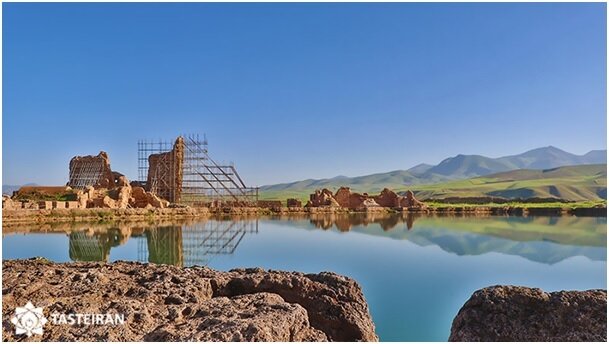
To get the best of these UNESCO sites, discover their rich history and culture, follow the advices of local guides which can provide you with the best experience. According to your taste, you can find different types of visits through local travel website such as TasteIran authentic experiences.
Leave a Comment